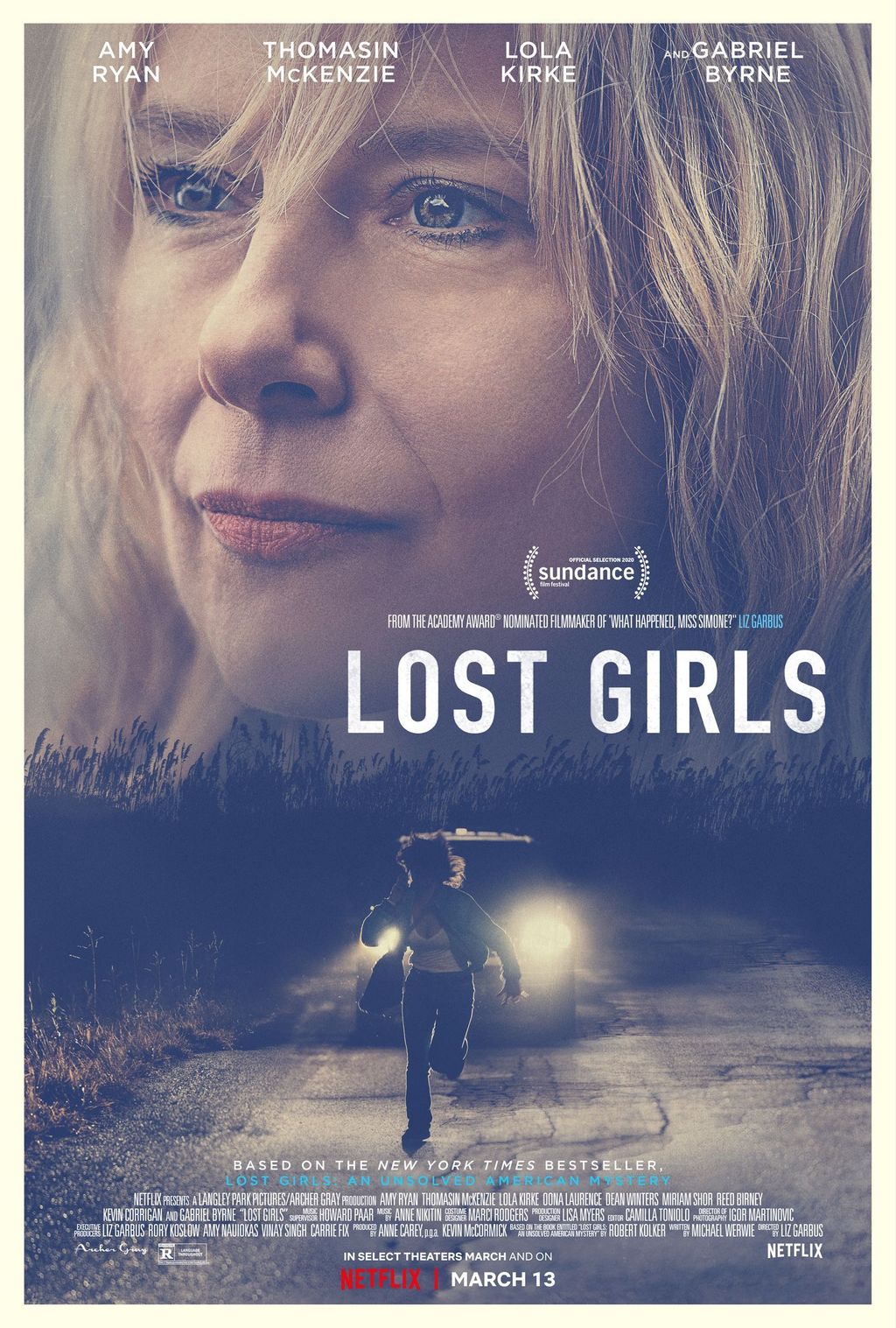
Terence Stamp, the magnetic British actor who captivated audiences with his distinctive presence across more than six decades of cinema, died on Sunday, August 17, at the age of 87. Known for his piercing “heartbreak blue eyes” and a career that spanned from critically acclaimed arthouse films to major Hollywood blockbusters, Mr. Stamp leaves behind an extraordinary body of work that continues to resonate with film enthusiasts worldwide. His family confirmed his passing, noting that his contributions as both an actor and a writer “will continue to touch and inspire people for years to come.”
Mr. Stamp’s journey was a testament to versatility and resilience, marked by significant career highs, a period of spiritual exploration away from the spotlight, and a remarkable resurgence that brought him to an even wider audience. From his breakout role as a naive 18th-century merchant seaman to his memorable portrayal of an alien supervillain, his on-screen transformations were often as compelling as the narratives themselves. He navigated the shifting tides of the film industry with a unique philosophical outlook, often embracing roles that were “the opposite of everybody else.”
This in-depth look explores the foundational chapters of Terence Stamp’s storied career, delving into the early life that shaped his ambitions, the breakthrough performances that established him as a leading man of the 1960s, and the critical and personal developments that defined his initial decades in cinema. We examine the roles that earned him early accolades, his relationships that made him a cultural icon, and the pivotal decisions that led him to step away from the glare of Hollywood, setting the stage for his eventual, triumphant return.
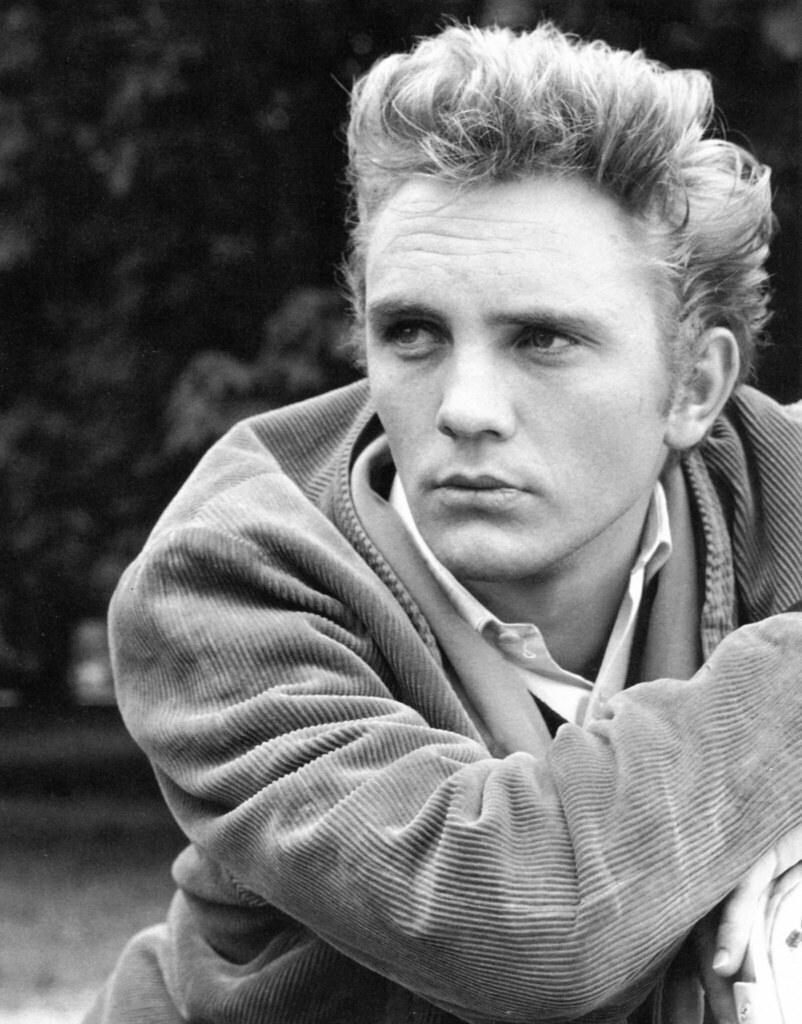
1. **Humble Beginnings and Secret Ambitions**
Terence Henry Stamp was born on July 22, 1938, in London’s East End, into a low-income family where expectations for his future were modest. The son of Thomas Stamp, a tugboat stoker with the Merchant Navy, and Ethel (Perrott) Stamp, his childhood was shaped by the deprivations of post-World War II London and the bombing of the city during the war. He recalled a time when asking for career guidance at school led to recommendations like “bricklaying as a good, regular job,” or perhaps becoming a “Woolworths’ manager,” reflecting the limited horizons for children from his background.
Despite these humble beginnings and the prevailing societal expectations, Mr. Stamp harbored a secret ambition to become an actor. He initially worked in advertising agencies after leaving school, even moving up the ranks, but his true calling lay elsewhere. He kept his acting aspirations hidden from his family, fearing disapproval and ridicule, stating, “I couldn’t tell anyone I wanted to be an actor because it was out of the question. I would have been laughed at.”
His determination eventually led him to win a scholarship to attend the Webber Douglas Academy of Dramatic Art in London, a pivotal step that laid the groundwork for his extraordinary career. This early period underscored a fundamental aspect of Mr. Stamp’s character: a quiet defiance of convention and a cherishing of his “divine spark” that would guide him through the industry’s many turns. He later stated, “I believed in myself. Originally, when I didn’t get cast, I told myself there was a lack of discernment in them.”
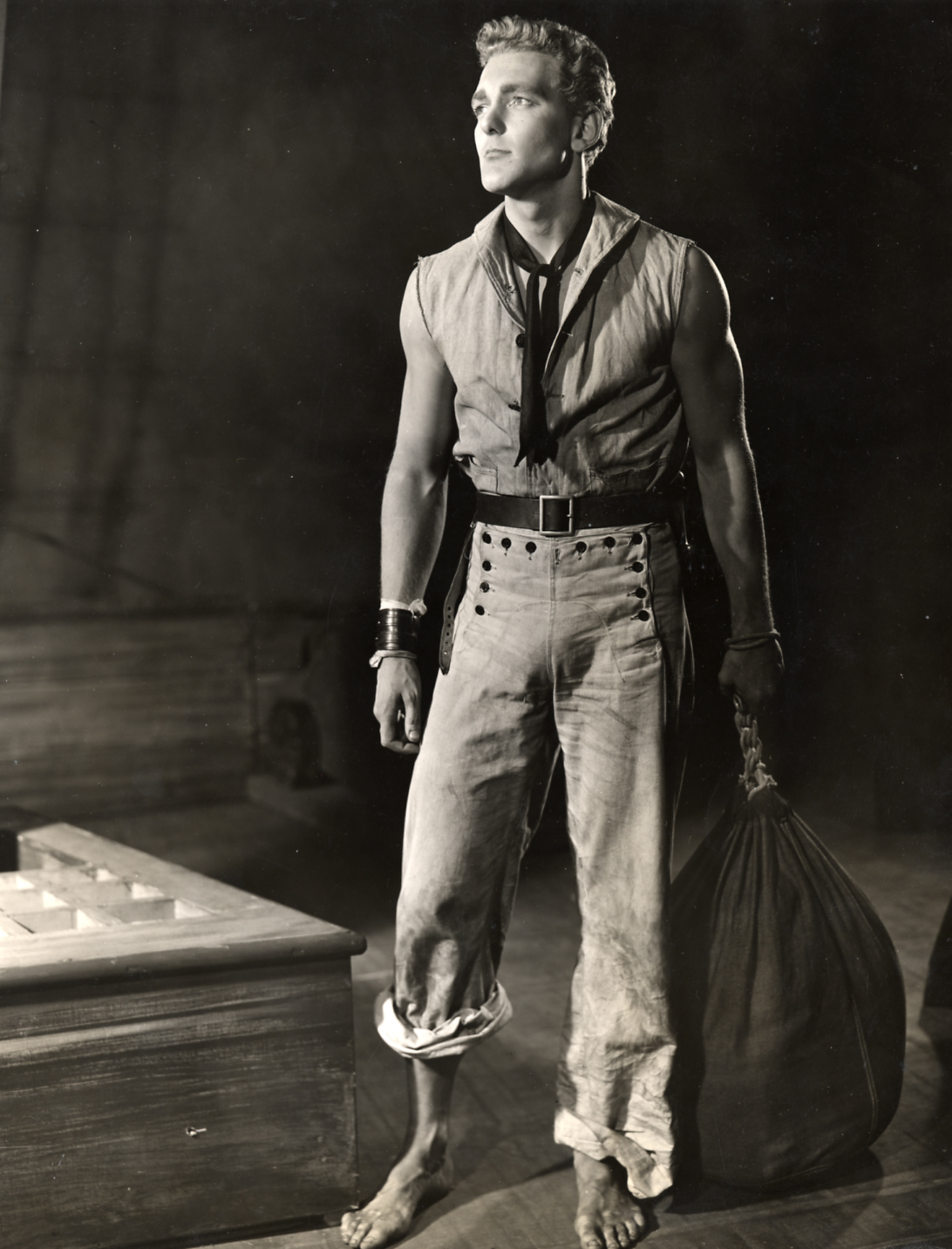
2. **The Breakthrough: “Billy Budd”**
Mr. Stamp’s first major film role came as the titular character in Peter Ustinov’s 1962 adaptation of Herman Melville’s seafaring novel, “Billy Budd.” At the tender age of 24, he portrayed a naïve 18th-century merchant seaman accused of murder, captivating critics and audiences alike. One journalist later described his gaze as “heartbreak blue eyes,” which, combined with his tousled blond hair falling over his forehead, made him instantly memorable on screen.
The role proved to be his significant breakthrough, earning him an Academy Award nomination for Best Supporting Actor—the only Oscar nomination of his extensive career—and a Golden Globe Award for Most Promising Newcomer. Being cast by a figure like Ustinov instilled in him a great deal of self-confidence in his burgeoning film career. He recounted, “During the shooting, I just thought, ‘Wow! This is it.’ ”
His performance in “Billy Budd” was lauded for its nuanced portrayal of innocence grappling with wickedness. The New York Times noted his “sinewy, boyish frame and the face of a Botticelli angel,” declaring him “perfect as Billy Budd, the innocent, trusting sailor who cannot comprehend wickedness.” This role instantly established him as a significant new talent in British cinema, setting the stage for a remarkable career trajectory.
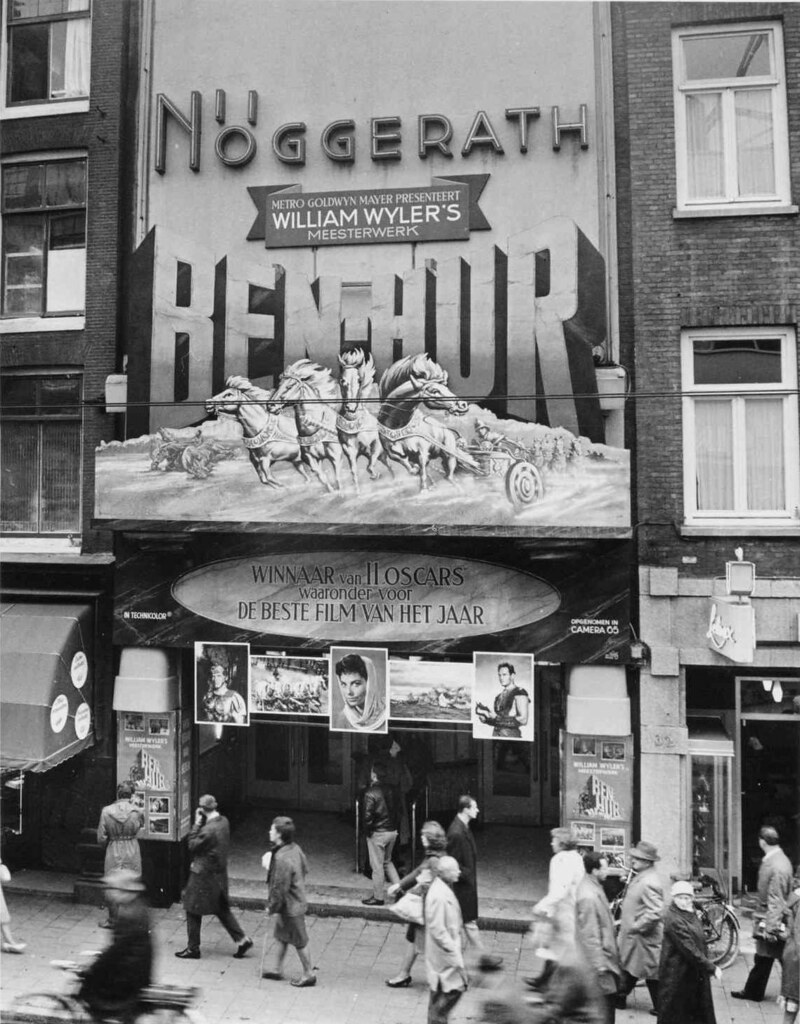
3. **“The Collector” and Cannes Acclaim**
Just three years after his innocent portrayal in “Billy Budd,” Mr. Stamp presented a starkly different image in William Wyler’s 1965 psychological thriller, “The Collector.” In this film, he took on the role of a dark-haired psychopath named Freddie Clegg, who, after loving butterflies, decides to escalate his sinister hobby to capturing humans. He stalks and kidnaps a beautiful art student, played by Samantha Eggar, with whom he becomes obsessed.
His startlingly blue eyes, which had conveyed innocence in “Billy Budd,” now appeared terrifying as he carried a bottle of chloroform toward his captive. Critics were captivated by his unsettling transformation. Judith Crist of The New York Herald Tribune hailed his performance as “brilliant in its gauge” of madness, highlighting his remarkable ability to embody such a disturbing character.
This powerful and chilling performance earned Mr. Stamp the Best Actor award at the prestigious Cannes Film Festival, further cementing his reputation as an actor of profound depth and range. “The Collector” demonstrated his willingness and capacity to tackle complex, darker roles, challenging audience perceptions and proving his mastery of diverse characterizations beyond his initial boyish charm.
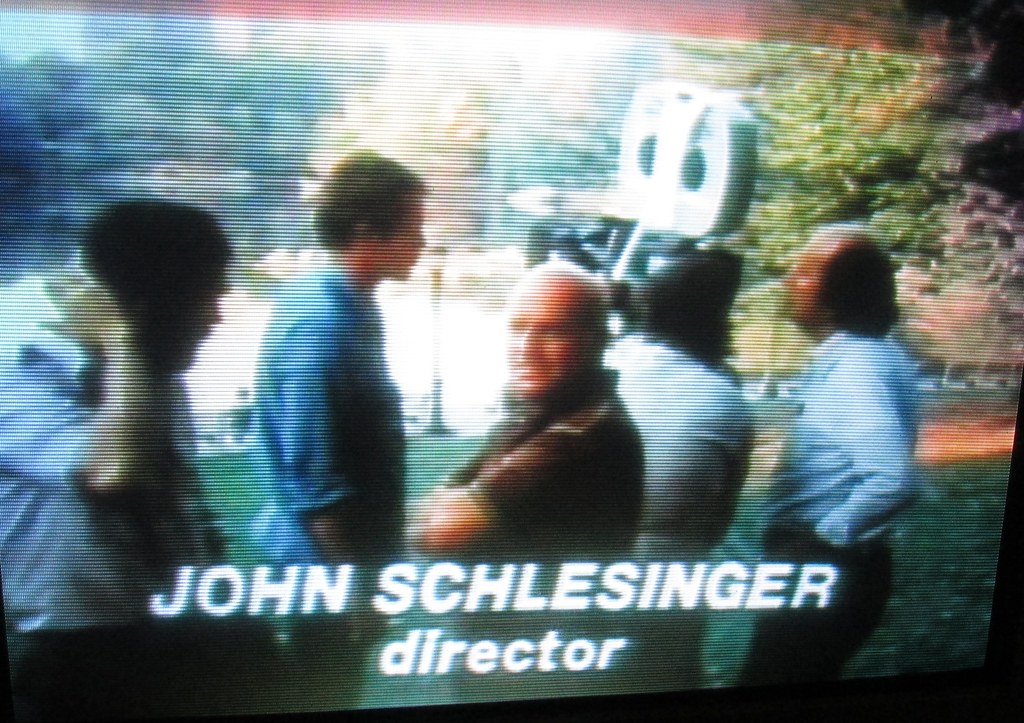
4. **“Far From the Madding Crowd” and 1960s Icon Status**
Mr. Stamp continued to explore challenging roles, notably as the sadistic Sergeant Troy in John Schlesinger’s 1967 adaptation of Thomas Hardy’s novel, “Far From the Madding Crowd.” For this role, he grew a sinister black mustache, portraying a character who cruelly mistreats the heroine, played by Julie Christie, with whom he also had a highly publicized romance off-screen during that era. His performance was praised by some critics, with Roger Ebert calling it “suitably vile,” even if overall reviews for the film were mixed.
Looking back in 2015, a writer for The Guardian observed that “Stamp has an animation and conviction in this role that he never equaled elsewhere,” suggesting the profound impact of his portrayal. This role, alongside his other work from the decade, solidified his image as a quintessential figure of the 1960s. He became widely known as “the face of the ‘60s,” embodying the era’s evolving cinematic and cultural landscape.
His presence in “Far From the Madding Crowd” further reinforced his status as a prominent leading man, capable of delivering intense and memorable performances. The film also notably reunited him on screen with Julie Christie, adding another layer to his public persona as a key figure in the vibrant “Swinging London” scene of the time.
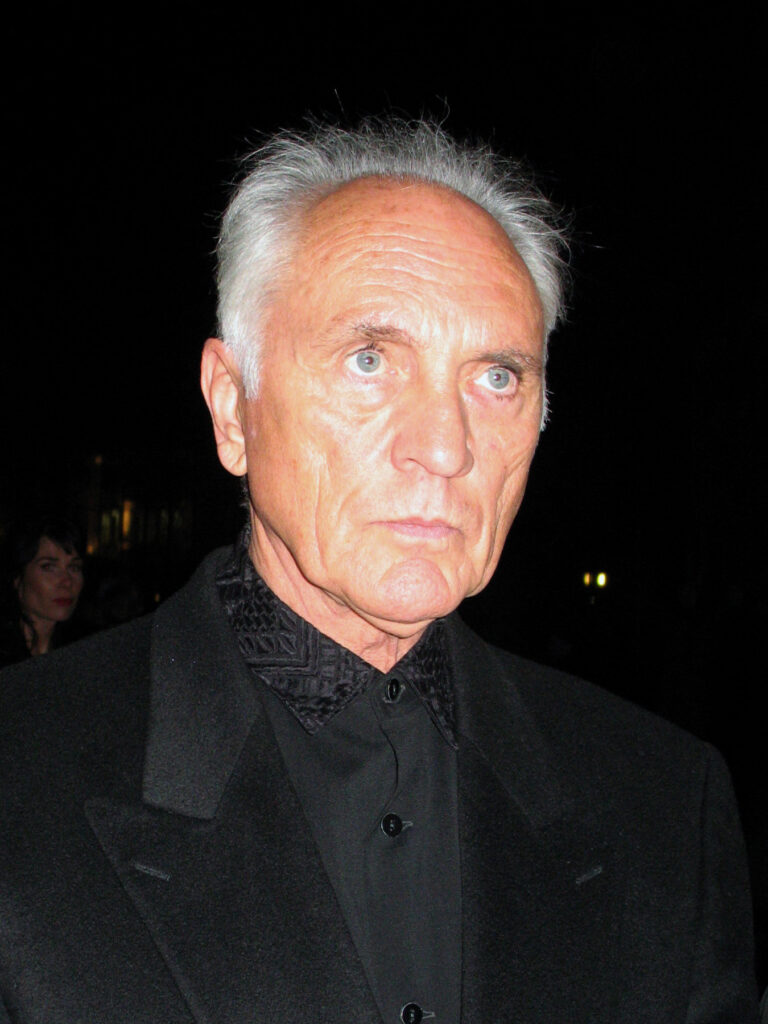
5. **Romantic Life and “It” Couple Era**
The 1960s were not only a period of immense professional success for Terence Stamp but also a time when his personal life, particularly his romantic relationships, garnered significant public attention. He was famously linked with some of the most glamorous women of the era, forming what were considered Britain’s most celebrated celebrity couples. His high-profile romances contributed significantly to his status as a cultural icon and a symbol of “Swinging London.”
His relationship with the British supermodel Jean Shrimpton was particularly well-documented and widely considered the “love of his life.” Their coupling epitomized the glamour and style of the swinging sixties, making them one of the most talked-about duos of the time. Mr. Stamp openly discussed the impact of their breakup, linking it to a subsequent dip in his career, stating, “When I lost her, then that also coincided with my career taking a dip.”
He also had a highly publicized romance with actress Julie Christie, his co-star in “Far From the Madding Crowd.” Their relationship was so iconic that they were even name-checked as “Terry and Julie” in The Kinks’ 1967 hit “Waterloo Sunset.” Beyond Shrimpton and Christie, Mr. Stamp also had famous relationships with other prominent figures of the era, including Brigitte Bardot, further cementing his image as a dashing and desirable leading man whose personal life was as captivating as his on-screen roles.

6. **The “Alfie!” Miss and Michael Caine’s Rise**
While Mr. Stamp was making a name for himself in film, his theater experiences were not always as successful, with one notable instance on Broadway proving to be a disaster. He took on the title role in “Alfie!,” a play about a callous young South London bachelor, which premiered in December 1964. However, the production had a short run, closing just three weeks later, largely due to its dark and frank tone, which was considered “disharmonious with the optimistic, up-tempo tenor of the moment,” according to Shawn Levy’s book “Ready, Steady, Go!”
Despite the play’s failure, the role of Alfie was destined for cinematic success. When the film version was planned for 1966, Mr. Stamp, who was busy with other projects at the time, made a pivotal decision: he turned down the same role. In a remarkable turn of events, the part was subsequently taken by his flatmate, Michael Caine, who would go on to achieve global stardom as a result. This decision, in a way, marked a divergence in their paths, with Caine embracing a more prolific commercial career.
Mr. Stamp’s recollection of his interactions with Caine suggested a difference in their career approaches. He noted that Caine, initially advising him to wait for good roles, quickly changed his own strategy. “Caine gave me all my early values, like making sure you were doing good stuff, waiting for the right things – then as soon as he got away, he did exactly the opposite. Went from one movie to another,” Mr. Stamp once remarked. This moment became a significant anecdote in British cinema history, showcasing how one actor’s choices can profoundly impact another’s trajectory.
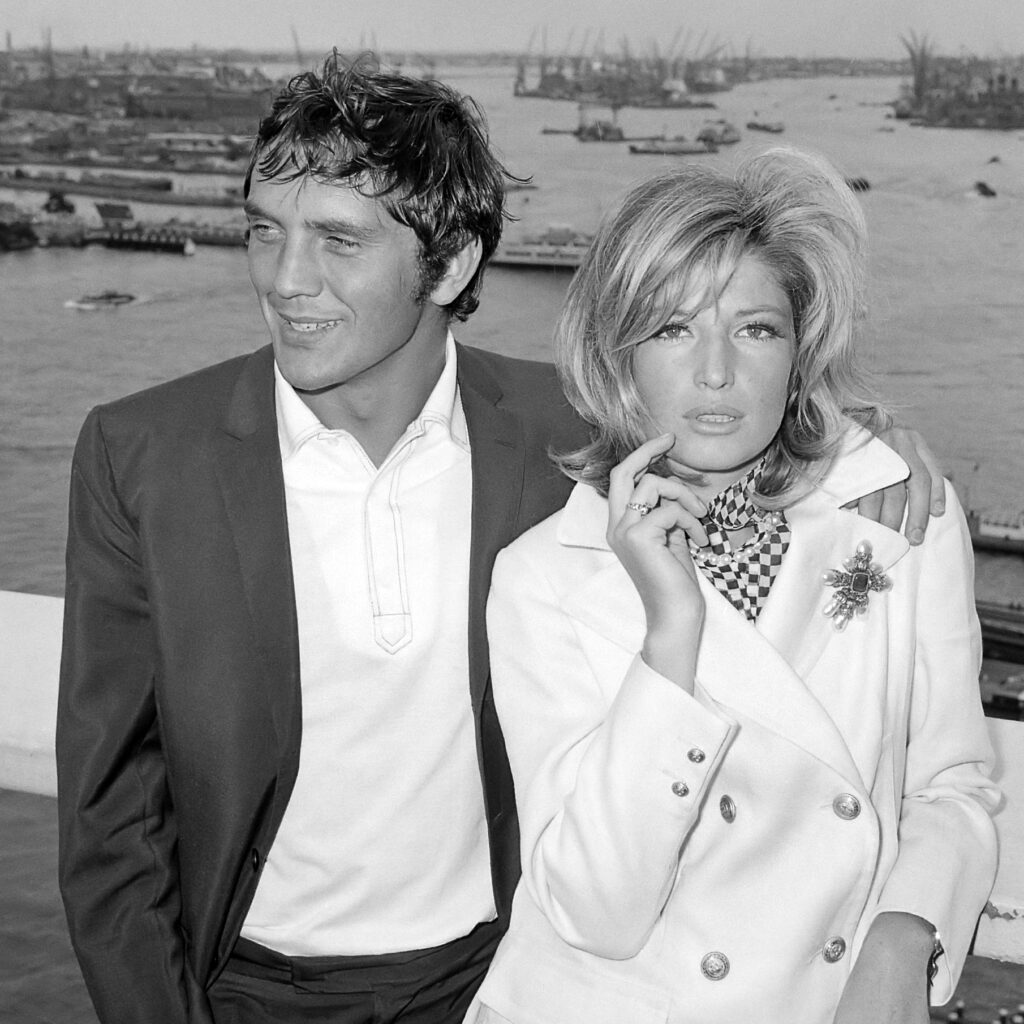
7. **European Cinema & The Spiritual Retreat**
Following his intense period of fame in the 1960s, Terence Stamp’s career entered a quieter phase, especially in the early 1970s. After starring in films such as “Modesty Blaise” (1966), Ken Loach’s “Poor Cow” (1967), and the execrable Western “Blue,” he ventured into European cinema, working with acclaimed directors who further challenged his artistic boundaries. He notably collaborated with Federico Fellini, who directed him as a self-destructive, alcoholic actor in a segment of the 1968 anthology film “Spirits of the Dead.” Mr. Stamp viewed his life as “before and after Fellini,” considering being cast by him “the greatest compliment an actor like myself could get.”
He also starred in Pier Paolo Pasolini’s ineffable and controversial masterpiece “Teorema” (1968), where he played a mysterious Visitor who seduces every member of a household. He appeared in other European films like “A Season in Hell” (1971), “Hu-Man,” and “The Divine Nymph.” However, despite this critically interesting work, the 1970s saw him work little, primarily in little-seen European productions, and he found himself largely out of work in mainstream cinema.
In 1969, at barely 30 years old, Mr. Stamp made a dramatic shift, moving to an ashram in India and becoming a swami. While some speculated a romantic breakup was the cause, he maintained a simpler motive: he couldn’t find work, with casting agents already looking for “a young Terence Stamp.” During his eight-year retreat, which he later described as a period of profound spiritual learning, he studied yoga and meditation under Jiddu Krishnamurti, even leading to rumors he was preparing to teach tantric groups. This period marked a profound personal transformation, preparing him, unknowingly, for a remarkable career resurgence.
Following his intense period of fame in the 1960s and a subsequent spiritual retreat, Terence Stamp’s career was poised for a remarkable resurgence, sparked by an unexpected opportunity that would introduce him to a new generation of global audiences. In 1977, after nearly a decade away from mainstream cinema and much of it spent in an ashram in India, a telegram arrived from his agent with news that he was being considered for the movie “Superman.” The prospect of a significant role, particularly one that promised a collaboration with an actor of Marlon Brando’s stature, was enough to prompt an immediate return. Mr. Stamp famously recounted his swift decision, stating, “I was on the night flight the next day,” signaling an end to his self-imposed hiatus and the beginning of a vibrant new chapter.
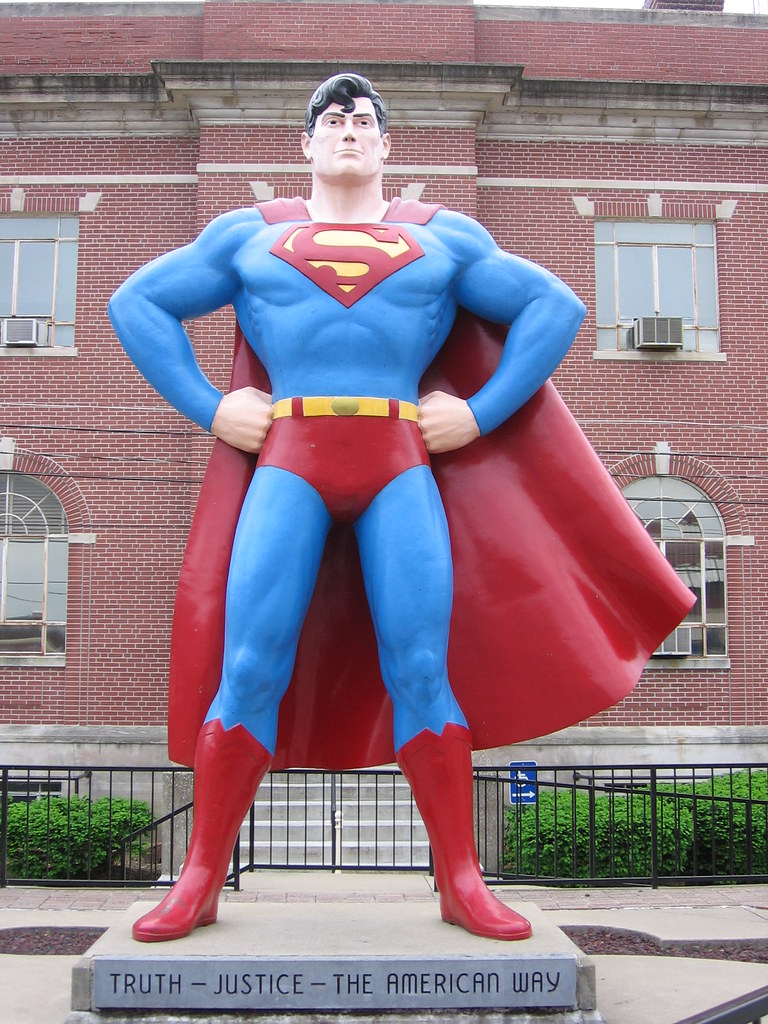
8. **The “Superman” Resurgence**
His casting as General Zod, the megalomaniacal leader of the Kryptonians, opposite Christopher Reeve’s Superman, marked an indelible turning point. Though his character appeared briefly in the 1978 film, it was in the 1980 sequel, “Superman II,” that Mr. Stamp’s portrayal truly took flight, famously crashing through a White House roof. His distinctive look, now featuring a seriously receding hairline and pointed facial hair, combined with a newly mature persona, presented a captivating contrast to the boyish charm of his 1960s roles. Buoyed by this newfound prominence, Mr. Stamp would humorously command curious passersby to “Kneel before Zod, you bastards,” a testament to the character’s immediate cultural impact.
General Zod became widely recognized as one of the greatest movie villains of all time, largely due to Mr. Stamp’s sadistic and menacing portrayal. His performance, alongside his two accomplices, introduced an element of genuine menace previously absent from the original “Superman” film, where Gene Hackman’s Lex Luthor had been a more genial antagonist. The striking visual of the three villains, clad entirely in black, imbued the film with a subtle yet palpable “whiff of sex and S&M,” according to one analysis, solidifying Mr. Stamp’s powerful return to the Hollywood limelight.
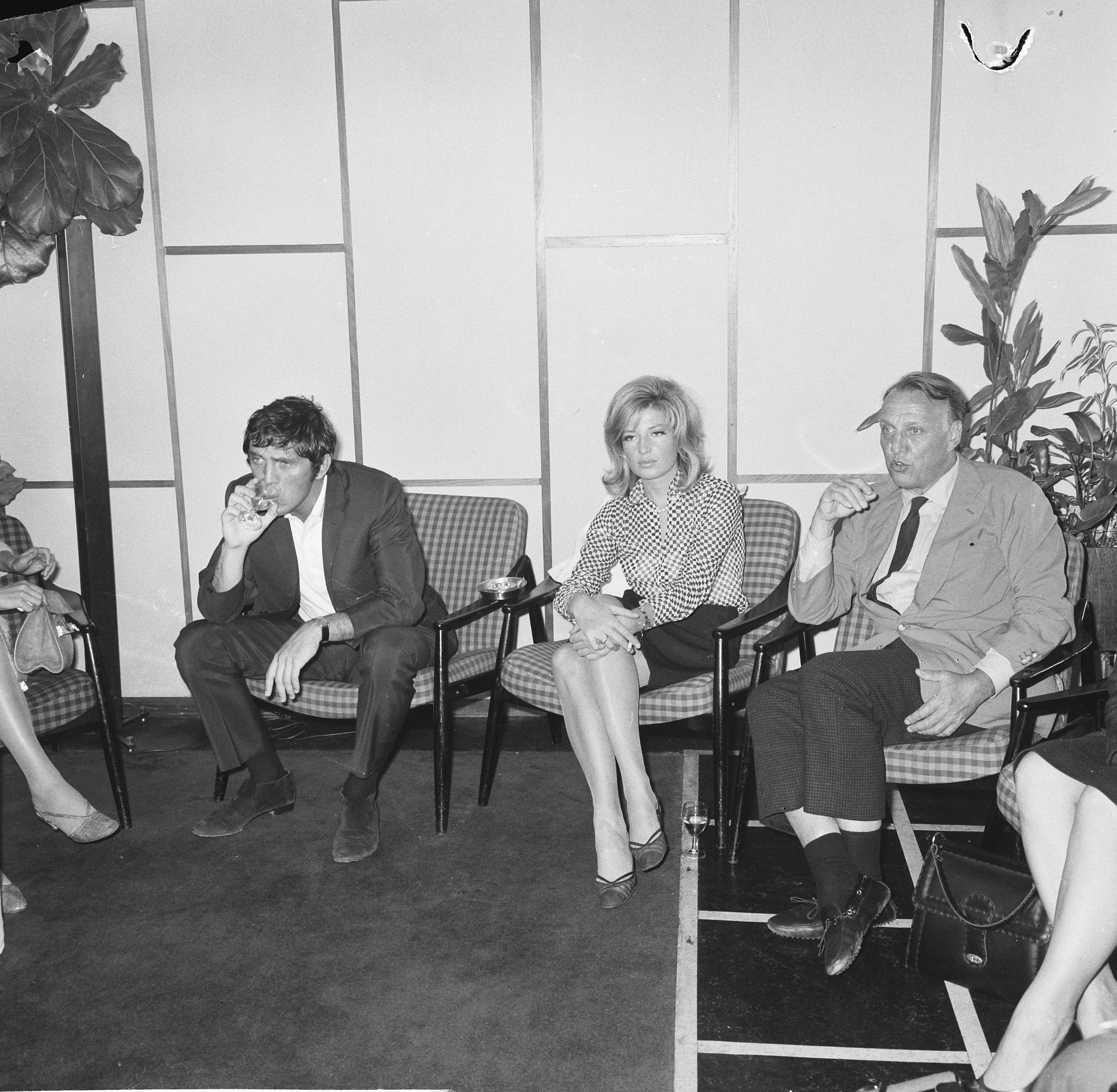
9. **Iconic Portrayal in “The Adventures of Priscilla, Queen of the Desert”**
Demonstrating his continued willingness to embrace roles that challenged both audience expectations and his own artistic boundaries, Mr. Stamp delivered perhaps his most surprising and celebrated performance as Bernadette in the 1994 Australian film, “The Adventures of Priscilla, Queen of the Desert.” This role presented yet another dramatic on-screen transformation, seeing him embody a middle-aged transgender woman on a road trip through the Outback. His appearance was meticulously crafted, featuring dangly earrings, a grayish-blond pageboy haircut, and tastefully neutral attire, with just enough makeup to reveal the subtle lines of age.
Mr. Stamp approached the character with both intellectual curiosity and emotional depth. He reflected on the unique challenge, stating, “I had to think about what it would be like to be born into the wrong body,” indicating a profound empathy for Bernadette’s journey. He also acknowledged a personal connection, remarking, “I’ve got a kind of more developed feminine side of my nature, so it was a chance to knowingly explore that.” This introspective approach allowed him to imbue Bernadette with a compelling blend of dignity, vulnerability, and resilience.
The film itself caused “quite a sensation” for its groundbreaking portrayal of drag performers and a transgender woman. Critics lauded Mr. Stamp’s ability to bring a “convincing humanity” to the character, moving beyond mere spectacle to create a truly memorable and empathetic figure. His performance in “Priscilla” not only garnered widespread acclaim but also cemented his reputation as an actor capable of remarkable versatility, unafraid to tackle unconventional roles with grace and conviction, further expanding the scope of his already diverse filmography.
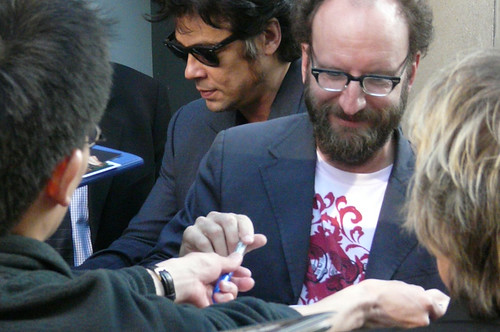
10. **Critically Acclaimed Later Roles**
Beyond the mainstream success of “Superman” and the cultural impact of “Priscilla,” Mr. Stamp spent the subsequent half-century cultivating a busy and critically praised career, consistently delivering nuanced performances across a wide array of genres. His turn as Wilson, an ex-con seeking answers about his daughter’s death, in Steven Soderbergh’s 1999 neo-noir, “The Limey,” was particularly lauded. Critics highlighted his “fierce, blue-eyed stare and an intense integrity” in a role that effectively positioned him as an icon of 1960s British cinema against an American counterpart. Soderbergh masterfully integrated footage from Mr. Stamp’s earlier film, Ken Loach’s “Poor Cow,” to depict the character’s past, adding layers of narrative depth.
His ability to portray complex emotional states was further showcased in films like Stephen Frears’s 1984 movie “The Hit,” where he played a mob stool pigeon who serenely accepts his fate while subtly manipulating his kidnappers. This “intriguing performance” demonstrated his command of understatement and psychological tension. In 2012, he received popular success for his role as a gruff pensioner in the sentimental British film “Unfinished Song” (originally “Song for Marion”), where he starred opposite Vanessa Redgrave as a dying wife. This portrayal highlighted his capacity for tenderness and vulnerability, a stark contrast to many of his more villainous or intense characters.
Mr. Stamp also took on significant roles in films like Oliver Stone’s 1987 “Wall Street,” playing a major financial player with a strong moral compass who was morally outraged by Gordon Gecko’s shenanigans. Although his performance might have been overshadowed by other star power, his character served as a “critical role with a complex moral backdrop.” Other noteworthy performances included his portrayal of an art thief and informer in “The Art of the Steal” (2013), an influential art critic in Tim Burton’s “Big Eyes” (2014), and a sex therapist with unusual methods in 1997’s “Bliss,” each demonstrating his consistent commitment to varied and challenging material.
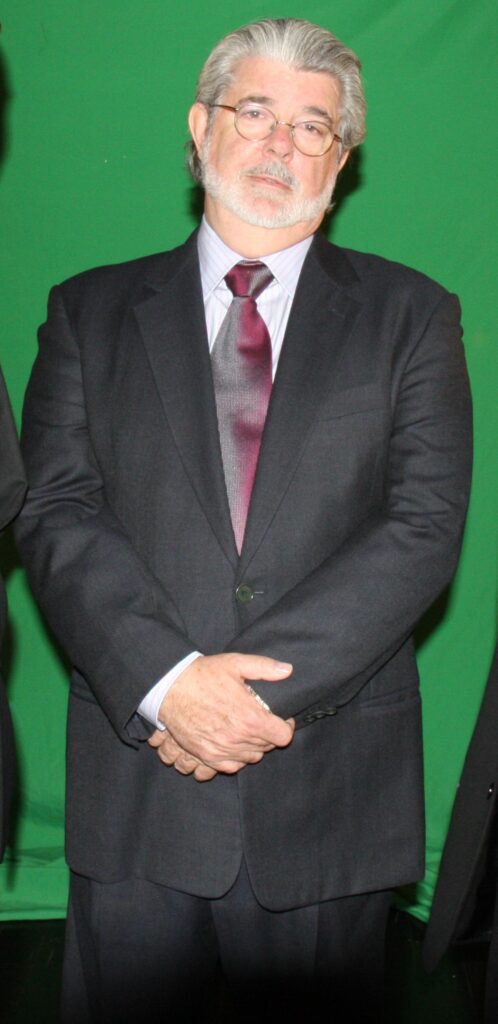
11. **Enduring Presence in Major Franchises and Diverse Filmography**
Terence Stamp’s post-1970s career was marked not only by critical acclaim but also by an enduring presence in several major film franchises and a remarkably diverse filmography that spanned genres from science fiction to romantic comedy. In 1999, he stepped into the expansive universe of George Lucas, portraying Chancellor Valorum, the leader of the Galactic Republic, in “Star Wars: Episode I — The Phantom Menace.” This role cemented his place in one of cinema’s most beloved sagas, showcasing his ability to inhabit roles of authority and gravity on a grand scale.
His connection to the “Superman” mythos continued in an intriguing reversal of roles. More than two decades after embodying the villainous General Zod, Mr. Stamp lent his voice to the character of Jor-El, Superman’s noble Kryptonian father, in the television series “Smallville.” This ironic casting choice highlighted his versatility and his unique relationship with the iconic superhero narrative, allowing him to explore both sides of the Kryptonian legacy. His final on-screen appearance came in Edgar Wright’s 2021 horror thriller “Last Night in Soho,” a brief cameo that a *Times* review hailed as “a master class in minimalist menace,” proving his enduring impact even in his later years.
Between 1978 and 2019, Mr. Stamp appeared in more than 50 films, a testament to his longevity and demand as a character actor. His extensive credits include blockbusters such as “Legal Eagles” (1986) with Robert Redford, the Brat Pack Western “Young Guns” (1988), and the sci-fi feature “Alien Nation” (1988). He also lent his distinctive presence to comedies like “Bowfinger” (1999), where he gamely played the guru of a Hollywood cult group, and “Get Smart,” where he was Siegfried, head of KAOS. Further demonstrating his range, he appeared in high-profile projects like “Wanted,” “Valkyrie” with Tom Cruise, and “The Adjustment Bureau,” solidifying his reputation as a reliable and captivating performer in projects both large and small.
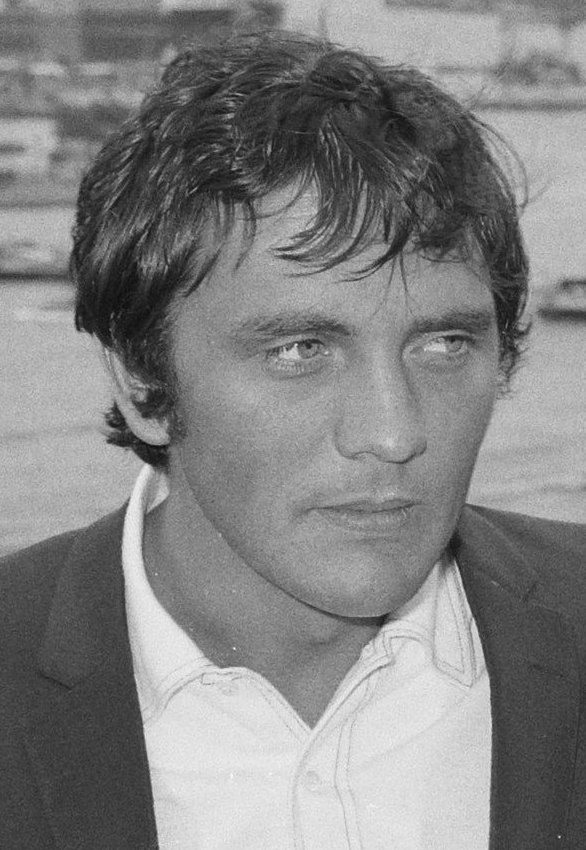
12. **His Unique Philosophical Outlook on Life and Acting**
Throughout his extensive career, Terence Stamp maintained a distinctive philosophical perspective on life and acting, often setting him apart from his contemporaries. He famously observed in 2017, “The thing that has been constant is that from the very beginning I always seemed to be the opposite of everybody else.” This deeply personal philosophy guided his choices, leading him to embrace roles that were unconventional and challenging, often going against the prevailing currents of the industry. His selections were not driven by fame or fortune, but by an internal compass that sought unique artistic expression.
Mr. Stamp’s belief in himself was unwavering, particularly in the face of early career rejections. He recounted telling himself, when he didn’t get cast, that “there was a lack of discernment in them.” He viewed this not as conceit, but as “cherishing that divine spark in myself,” a testament to his inner conviction and self-assurance. This profound self-belief allowed him to navigate the fluctuating demands of the film world with remarkable resilience, enabling him to step away when necessary and return with renewed purpose.
Even as he enjoyed late-career successes, Mr. Stamp expressed a grounded perspective on his ambitions. In a 2015 interview, he admitted, “I’m always amazed there’s another job, I’m always very happy.” He acknowledged the “bad experiences and things that didn’t work out” and periods where his “love for film sometimes diminishes,” but noted that it always “resurrects itself.” His honesty about doing “crap, because sometimes I didn’t have the rent” underscored his pragmatism, yet he stressed that “when I’ve got the rent, I want to do the best I can,” highlighting his enduring commitment to craft over mere commercial gain. This unique blend of spiritualism, self-belief, and pragmatic professionalism defined his approach to his art and life.
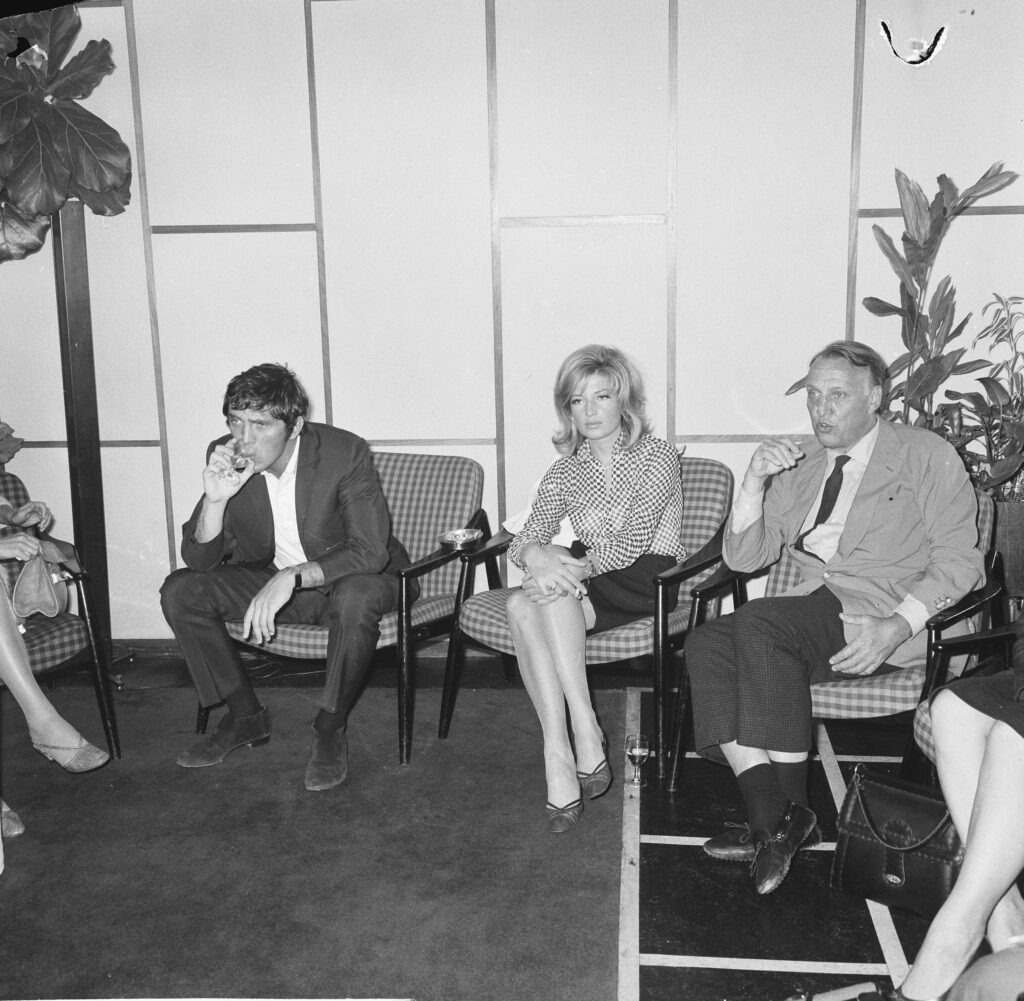
Ultimately, Terence Stamp’s legacy is defined by his unwavering artistic integrity and his distinctive philosophical approach to his craft. He was not merely an actor who delivered lines; he was an artist who embodied characters, bringing them to life with an intensity and authenticity that remained consistent from his breakout roles in the 1960s to his final appearances. His journey, marked by periods of immense fame, spiritual introspection, and a triumphant resurgence, stands as an inspiration, solidifying his place as an unforgettable figure whose unique presence and remarkable talent will be remembered for generations in the annals of cinema.
The cinematic world bids farewell to a titan whose influence transcended the screen, etching an indelible mark on the landscape of British and international film. Terence Stamp’s life was a narrative as compelling and multifaceted as any he portrayed, a testament to the power of self-belief, adaptability, and the unwavering pursuit of one’s “divine spark.” His films remain vibrant echoes of a remarkable talent, inviting audiences to continue exploring the rich tapestry of his contributions, proving that true artistry, like a cherished memory, endures beyond a lifetime.



